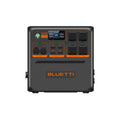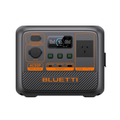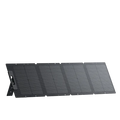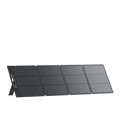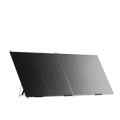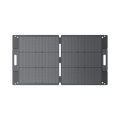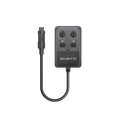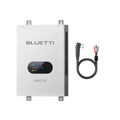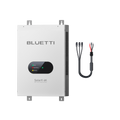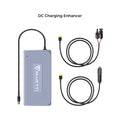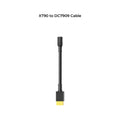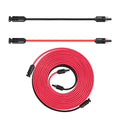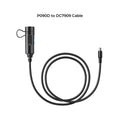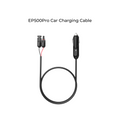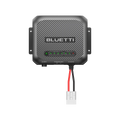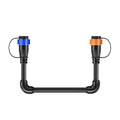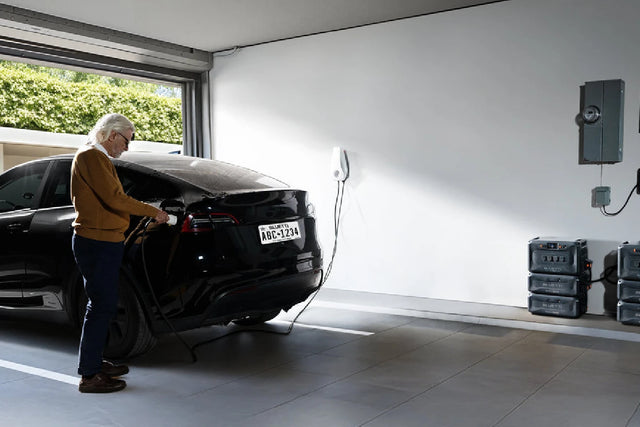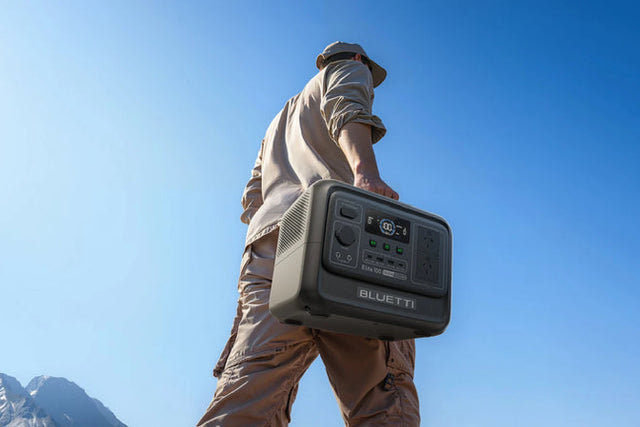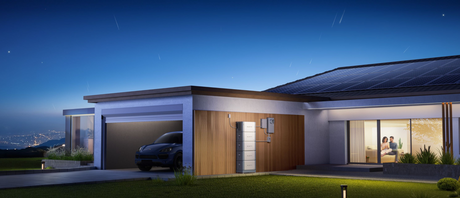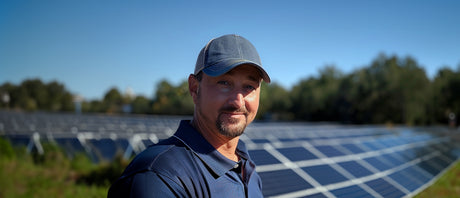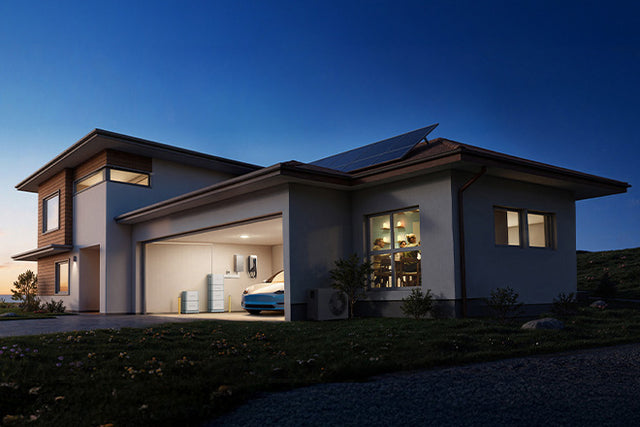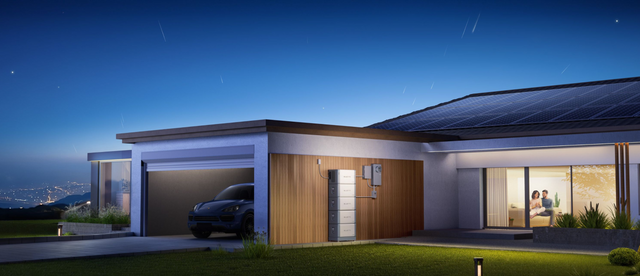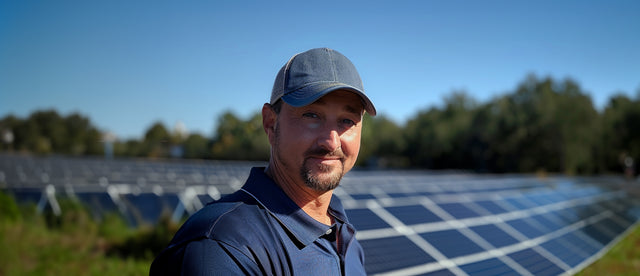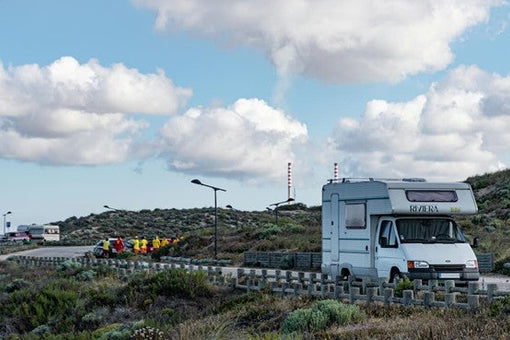Australia is a country with beautiful rural areas and a flourishing agricultural sector. Farmers increasingly embrace solar power as a wonderful solution in response to the growing imperative for sustainable energy and curb carbon emissions. In this article, we have put together everything you need to know about solar farms in Australia.
With ample sunshine and expansive landscapes, Australia is an optimal site for large-scale solar farms poised to provide homes and businesses nationwide with renewable solar energy.
Harnessing abundant sunlight, these farms, ranging from residential to utility-scale, directly convert solar energy into electricity, symbolizing the country's commitment to sustainable power. Let’s find out more about solar farms!
How do solar farms work?
Solar Panel Absorption
Solar farms are equipped with an extensive array of solar panels, usually composed of photovoltaic cells. These cells absorb sunlight, converting it into direct current (DC)
electricity.
Inverter Conversion
The generated DC electricity is then directed to inverters, where it undergoes a conversion process into alternating current (AC). AC is the common form of electricity used in homes and businesses.
Integration with the Power Grid
The converted AC electricity is integrated into the local power grid, allowing it to be distributed to homes and businesses. Solar farms are strategically located near existing transmission infrastructure for efficient energy transfer.
Energy Distribution
The electricity generated by solar farms becomes part of the overall energy supply, contributing to the community's or region's power needs. Excess energy may be stored or fed back into the grid for use during periods of high demand.
Monitoring and Maintenance
Advanced monitoring systems are employed to track the performance of the solar farm. Regular maintenance ensures optimal functioning and ongoing technological advancements continue to improve the efficiency and output of solar farms over time.
Benefits of Solar Farm
Here are the benefits of solar farms:
Blessing for the environment
Solar power offers a distinct environmental advantage as it does not emit carbon dioxide, sulphur dioxide, or nitrogen oxide, pollutants associated with respiratory issues, acid rain, and global warming. By adopting solar energy, agricultural operations can substantially diminish their carbon footprint, contributing to the fight against climate change.

Furthermore, solar power is sustainable, ensuring continuous use without depleting finite natural resources. Leveraging the sun, an omnipresent and renewable resource, enables electricity generation, emphasising the long-term viability of solar energy.
High Rate on Investment
Solar farms offer high returns due to government incentives, stable revenue from long-term agreements, declining equipment costs, technological advancements, and low operating expenses. Additionally, the environmental benefits and rising energy prices enhance their appeal, while scalability allows investors to choose projects based on their preferences and goals.
Increased property value
Integrating a solar farm into a property enhances its overall value, signifying a forward-looking investment in sustainability. The presence of a solar farm enables the property to generate eco-friendly electricity, promoting both environmental responsibility and cost savings. This heightened efficiency and self-sufficiency make the property highly appealing to potential buyers.
Moreover, a solar farm on the premises adds an aura of prestige and innovation, showcasing the property owner's environmentally conscious mindset. This forward-thinking approach attracts buyers with similar values, aligning with the growing trend towards eco-friendly living. A property featuring a solar farm is perceived as a valuable asset, appealing to individuals seeking sustainable and progressive living spaces.
Government incentives
The presence of government incentives and rebates makes solar power a crucial addition to every Australian farm. These financial supports assist farmers in mitigating the expenses associated with installing solar power systems, rendering them more economical and within reach for agricultural operations.
Farmers installing solar power systems can benefit from government rebates, aiding in gradually offsetting the system's cost. These rebates often take the form of feed-in tariffs, compensating farmers for surplus energy fed back into the grid. This allows farmers to generate energy and earn income by returning the excess electricity to the grid.
Energy independence
Solar power empowers farmers with enhanced control over their energy supply. By installing solar panels on their farms, they can utilise the generated energy to sustain their operations, ensuring continuity even during power outages. This flexibility allows farmers to tailor energy production to match their specific needs, minimising wastage and lowering overall costs.
Improved water management
Leveraging solar power to energise irrigation systems enhances farm water management. While irrigation is vital for agriculture, traditional methods using electricity or fuel-powered pumps often result in water waste and increased costs. By transitioning to solar-powered irrigation, farmers can decrease dependence on grid electricity, cut energy expenses, and contribute to a more sustainable and cost-effective approach, ultimately reducing their carbon footprint.
Job creation
Solar farms contribute to job creation at various stages: development involves engineering and project management professionals, while construction requires skilled and unskilled labour. Manufacturing and supply chains generate jobs in the production and transportation of solar panels. As the solar industry grows, research and innovation create job opportunities in research institutions and technology companies.
Ongoing employment opportunities arise in installation, maintenance, and the support of related industries, such as energy storage and smart grid technology. Local economies benefit from increased business activity during construction, and community engagement initiatives create roles for educators and outreach specialists.
Cost saving
Electricity costs have consistently risen over the past few decades, with a notable 60% increase in the last decade alone, as the Australian Bureau of Statistics reported. This surge can be linked to various factors, such as escalating fuel prices and the maintenance expenses of the electricity grid.
For farmers, electricity expenses pose a considerable challenge. The demands for farm electricity, encompassing irrigation systems, machinery, and lighting, contribute to significant costs. Nevertheless, installing a solar farm on their property empowers farmers to generate electricity, diminishing dependence on the grid and yielding long-term cost savings.
Drought resilience
In drought, power outages become more frequent due to heightened electricity demand and diminishing water supplies. This poses a significant challenge for farmers who depend on electricity to operate irrigation systems, provide water to livestock, and run essential farm equipment. The absence of electricity can bring farming activities to a standstill, leaving farmers unable to irrigate their crops or attend to the needs of their animals.
How To Choose The Solar System For A Solar Farm
Are you considering buying a solar system for your farm? With the rising cost of electricity, solar farms are a great way to save money on utility bills and provide electricity to farms during rainy days in winter.

But with so many options, you need to choose the right solar panels for your solar farm by considering the following things.
Energy needs
The first step in selecting the right solar system for the farm is to understand your energy needs per day. Consider your current electricity bill for the farm and know how many watts you spend in a day or month. This will help you decide how many solar panels you need to power your farm.
Panel type
Another thing that you need to decide is the type of solar panel you need to generate electricity for your farm. There are Polycrystalline, Mono PERC, and Half-Cut types of panels available in the market to choose from. Each type has its own pros and cons, so decode carefully which panel type you want based on quality, budget, energy needs, and warranty.
Farm size
Always choose solar systems according to your farm size. Get an estimate from the company you buy solar panels to know the number of panels you need according to your farm size and electricity needs.
Reputed brand
Before buying a solar panel for a farm, make sure you buy from a trusted brand that has all the necessary certificates to sell the panels. Look for solar systems that are certified by the government or other industry-recognized organizations. For example, you can buy a BLUETTI solar system for power backup for your farms. All their products are fully certified and affordable for everyone.

You can buy BLUETTI AC300 + B300 for your farm. It is a 100% modular solar system that supports up to 4×B300 (3,072Wh per pack) battery modules. Also, it allows you to store solar energy to use on rainy days or in winter to provide needed energy to your farm. This has a capacity of 12,288Wh. It is the best solar battery backup that can easily fulfil the basic needs of your farm and home during emergencies such as power outages. You can either plug it into the wall outlet or solar panels for charging.
For people who want to buy a complete solar generator kit for a farm in Australia, BLUETTI AC300 + 1*B300 + Solar Panels is the best option. It comes with 2,400W of solar input and a 3,000W pure sine wave inverter. This BLUETTI solar kit includes cables, connectors, adapters, solar panels, etc., that make it a perfect portable solar power for all your energy needs. The best part is that you can carry it with you when not using it for the farm to fulfil your daily energy needs at home or on vacation.
In conclusion, solar farms are beneficial in many ways, and in Australia, they can save you money while providing clean energy.


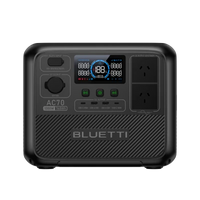
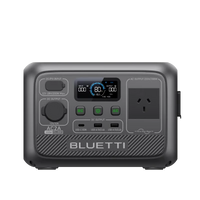
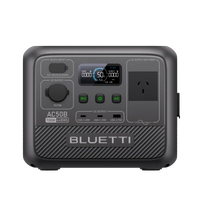

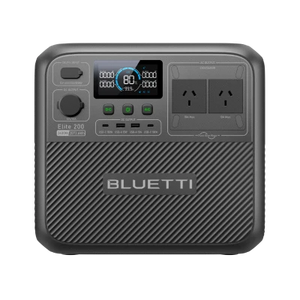
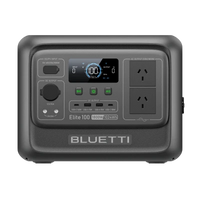
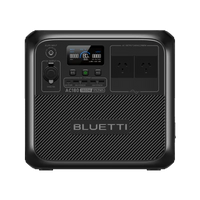
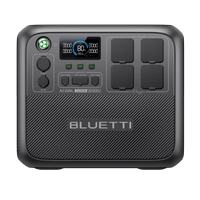
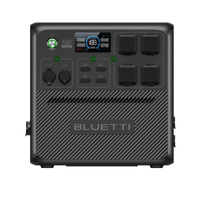
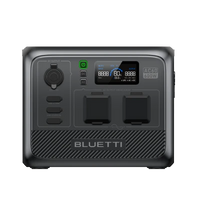
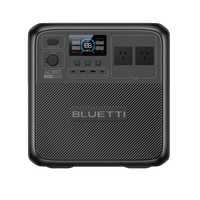


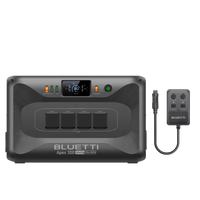

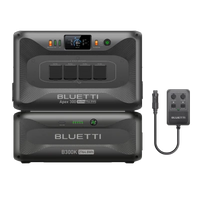
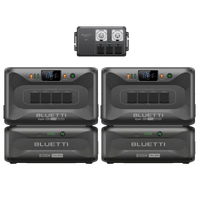
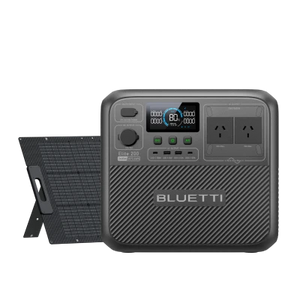
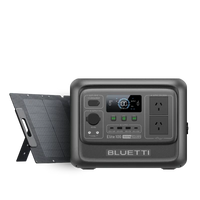
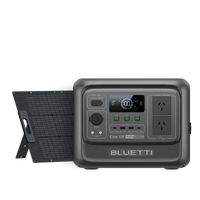
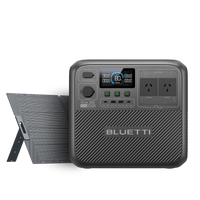
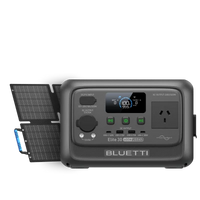
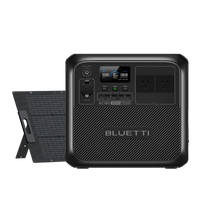
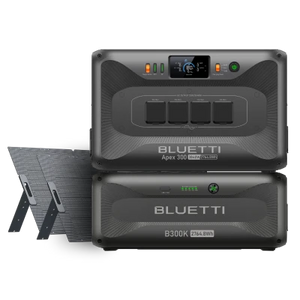
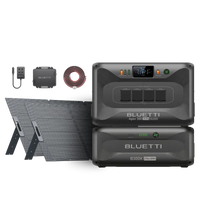
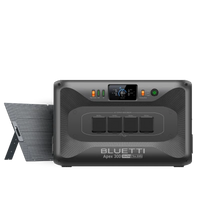
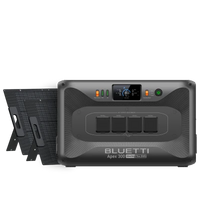
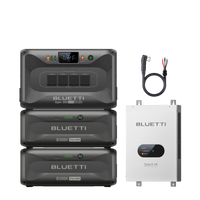

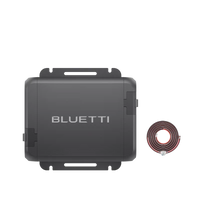
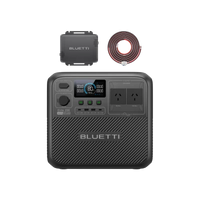
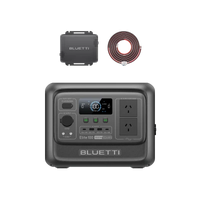
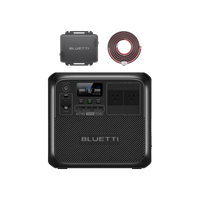
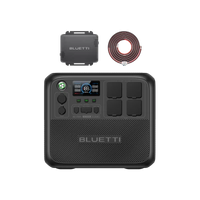
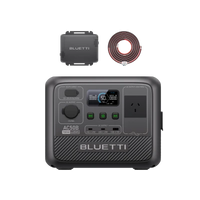
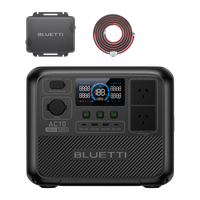


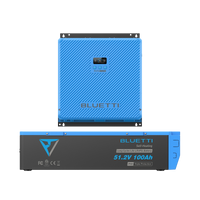
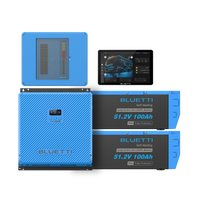
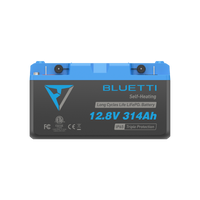
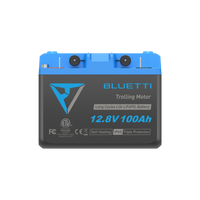
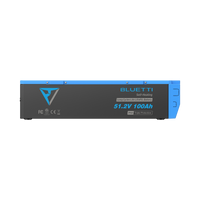
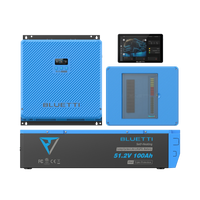
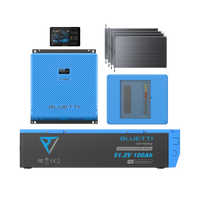
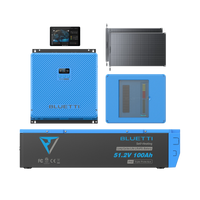
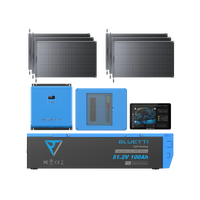




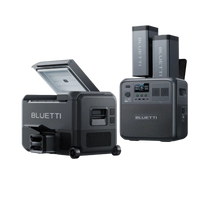
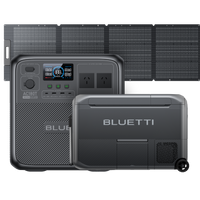
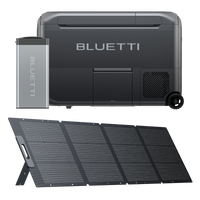


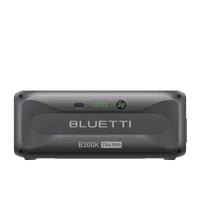

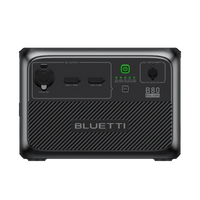
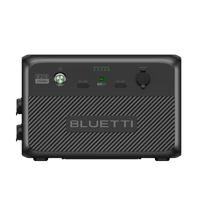

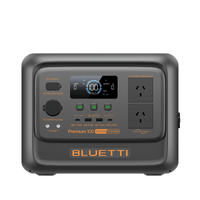
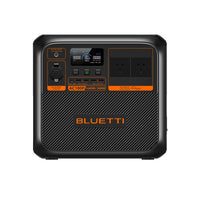

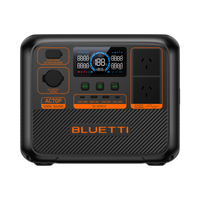
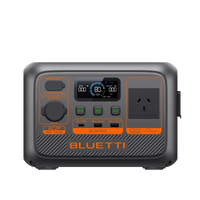
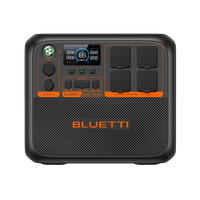
![[Phased Out] BLUETTI B80P Expansion Battery | 806Wh](http://www.bluettipower.com.au/cdn/shop/files/202310025B80P_2000-2000px_4_4caa0c1c-4dab-4272-9e9b-2b7507e5bd81.jpg?v=1713777870&width=200)
![[Phased Out] BLUETTI B210P Expansion Battery | 2,150Wh](http://www.bluettipower.com.au/cdn/shop/files/2_08cf9ef3-03a4-4489-b641-d3edb8094896.webp?v=1716016566&width=200)
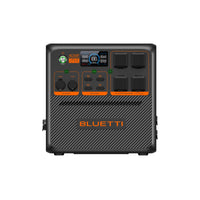
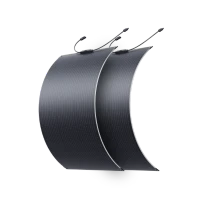
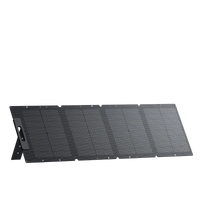
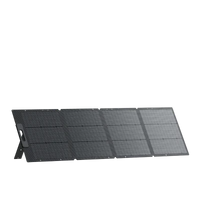
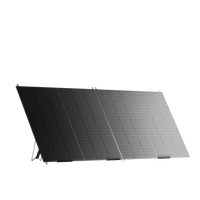

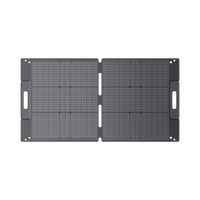

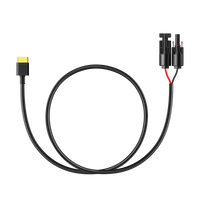
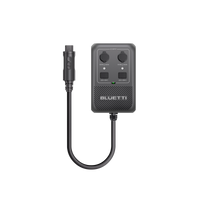
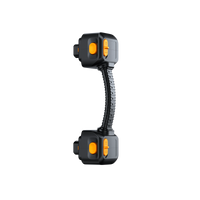
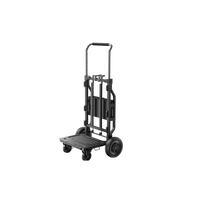
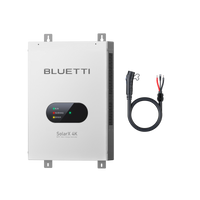
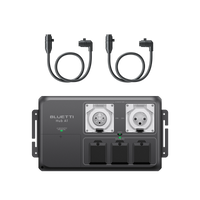
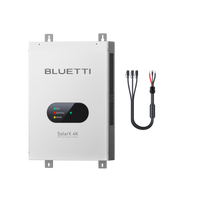
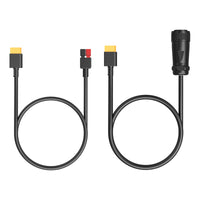
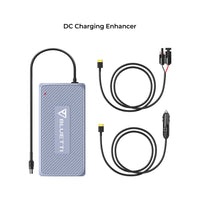

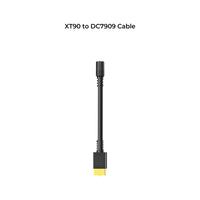
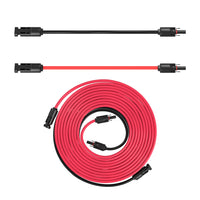
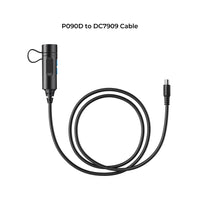
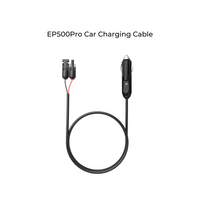
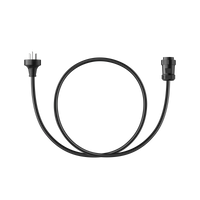
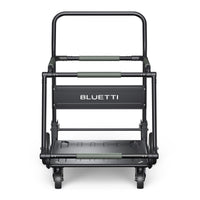
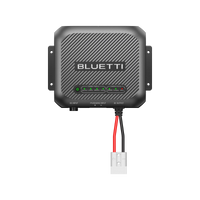
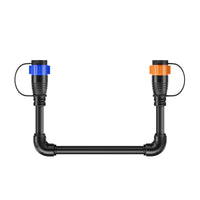



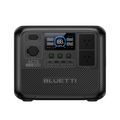
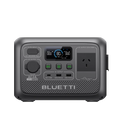
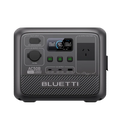


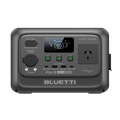
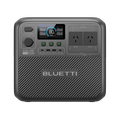
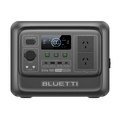
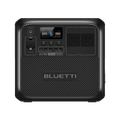
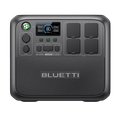
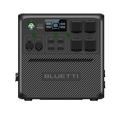
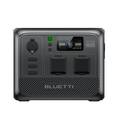
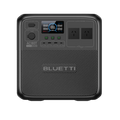


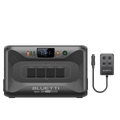

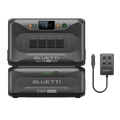
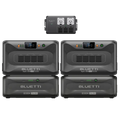




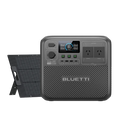
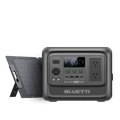
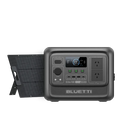
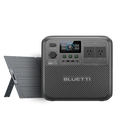
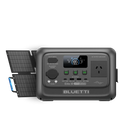
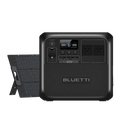
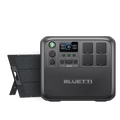
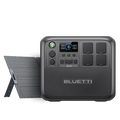




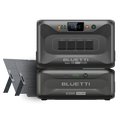

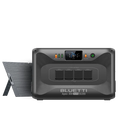
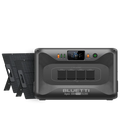
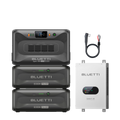



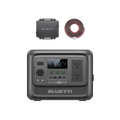
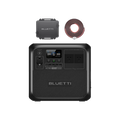


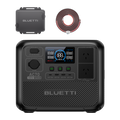
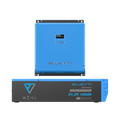
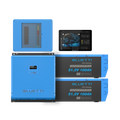
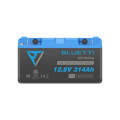





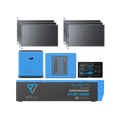






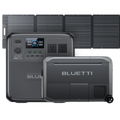





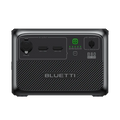
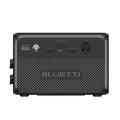


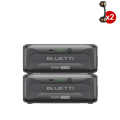
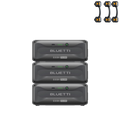




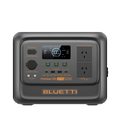
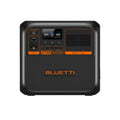


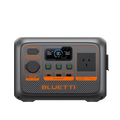

![[Phased Out] BLUETTI B80P Expansion Battery | 806Wh](http://www.bluettipower.com.au/cdn/shop/files/202310025B80P_2000-2000px_4_4caa0c1c-4dab-4272-9e9b-2b7507e5bd81.jpg?v=1713777870&width=120)
![[Phased Out] BLUETTI B210P Expansion Battery | 2,150Wh](http://www.bluettipower.com.au/cdn/shop/files/2_08cf9ef3-03a4-4489-b641-d3edb8094896.webp?v=1716016566&width=120)
